Tag: therapy

Effects of High-Flow Nasal Cannula on the Work of Breathing in Patients Recovering From ARF
High-flow nasal cannula, when set at 60 L/min, significantly reduces the indexes of respiratory effort in adult patients recovering from acute respiratory failure (ARF). This effect is associated with an improvement in... read more

Unsupervised Analysis of Transcriptomics in Bacterial Sepsis Across Multiple Datasets Reveals Three Robust Clusters
The three sepsis subtypes may represent a unifying framework for understanding the molecular heterogeneity of the sepsis syndrome. Further study could potentially enable a precision medicine approach of matching novel immunomodulatory... read more

Pooled Analysis of Higher vs Lower Blood Pressure Targets for Vasopressor Therapy Septic and Vasodilatory Shock
Targeting higher blood pressure targets may increase mortality in patients who have been treated with vasopressors for more than 6h. Lower blood pressure targets were not associated with patient‑important adverse events... read more
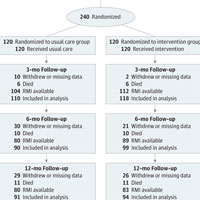
Increased Hospital-Based Physical Rehabilitation and Information Provision After ICU Discharge
Post-ICU hospital-based rehabilitation, including increased physical and nutritional therapy plus information provision, did not improve physical recovery or HRQOL, but improved patient satisfaction with many aspects of recovery.... read more
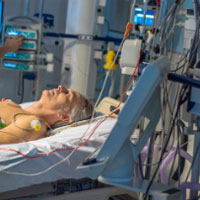
Psychology Consultation Patterns in a Medical ICU
Intensive care unit (ICU) survivors frequently experience long-lasting mental health, cognitive, and physiologic challenges. Psychologists have a role in providing interventions to reduce patient distress during critical... read more
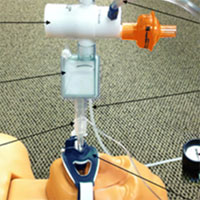
Intrathoracic Pressure Regulation Therapy Applied to Ventilated Patients for Treatment of Compromised Cerebral Perfusion from Brain Injury
These data support the notion that active intrathoracic pressure regulation, in this limited evaluation, can successfully augment cerebral perfusion by lowering intracranial pressure and increasing mean arterial pressure... read more

Mobilization is Feasible in Intensive Care Patients Receiving Vasoactive Therapy
In our ICU, patients mobilized on approximately one-third of vasoactive days. Clinicians should anticipate a higher risk of hypotension during mobilization in patients receiving vasoactive therapy, which may require transient... read more
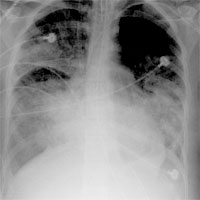
Effect of Titrating PEEP with Esophageal Pressure-Guided Strategy vs Empirical High PEEP-Fio2 Strategy on Death and Days Free From Mechanical Ventilation Among Patients With ARDS
Among patients with moderate to severe Acute Respiratory Distress Syndrome (ARDS), PES-guided positive end-expiratory pressure (PEEP), compared with empirical high PEEP-Fio2, resulted in no significant difference in death... read more

I Spent 4 Weeks Near Death In The ICU
I spent 4 weeks near death in the ICU. Here's what I learned struggling for my life. My mind and body had to relearn everything: how to brush my hair, put on socks and take a sit-down shower. Although it was frustrating to... read more
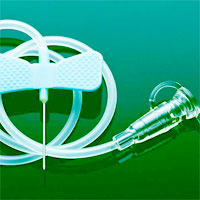
Choice of Catheter Size for Infants in Continuous Renal Replacement Therapy
Small size central vascular catheters display optimal rheologic performances in terms of pressures and flows particularly when the renal replacement therapy (RRT) device is equipped with pumps proportional to central vascular... read more
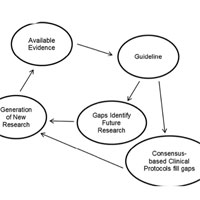
Guidelines for the Management of Pediatric Severe Traumatic Brain Injury
Update of the Brain Trauma Foundation Guidelines, Third Edition. Severe Traumatic Brain Injury in Infants, Children, and Adolescents in 2019: Some Overdue Progress, Many Remaining Questions, and Exciting Ongoing Work in the... read more

Complications of Regional Citrate Anticoagulation: Accumulation or Overload?
Based on recent recommendations, the use of Regional Citrate Anticoagulation (RCA) is likely to increase dramatically throughout the world. RCA protocols should aim to minimize the amount of net citrate load delivered to... read more
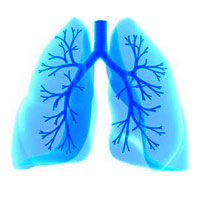
Considerations in the Diagnosis of Idiopathic Pulmonary Fibrosis
The clinical practice guideline on diagnosis of idiopathic pulmonary fibrosis (IPF) by Raghu and colleagues has been helpful in addressing the complexities of radiological and pathological features in diagnosing IPF. The... read more

New Guidelines for Hospital-acquired Pneumonia/Ventilator-associated Pneumonia
American and European guidelines have many areas of common agreement such as limiting antibiotic duration. Both guidelines were in favor of a close clinical assessment. Neither recommended a regular use of biomarkers but... read more








